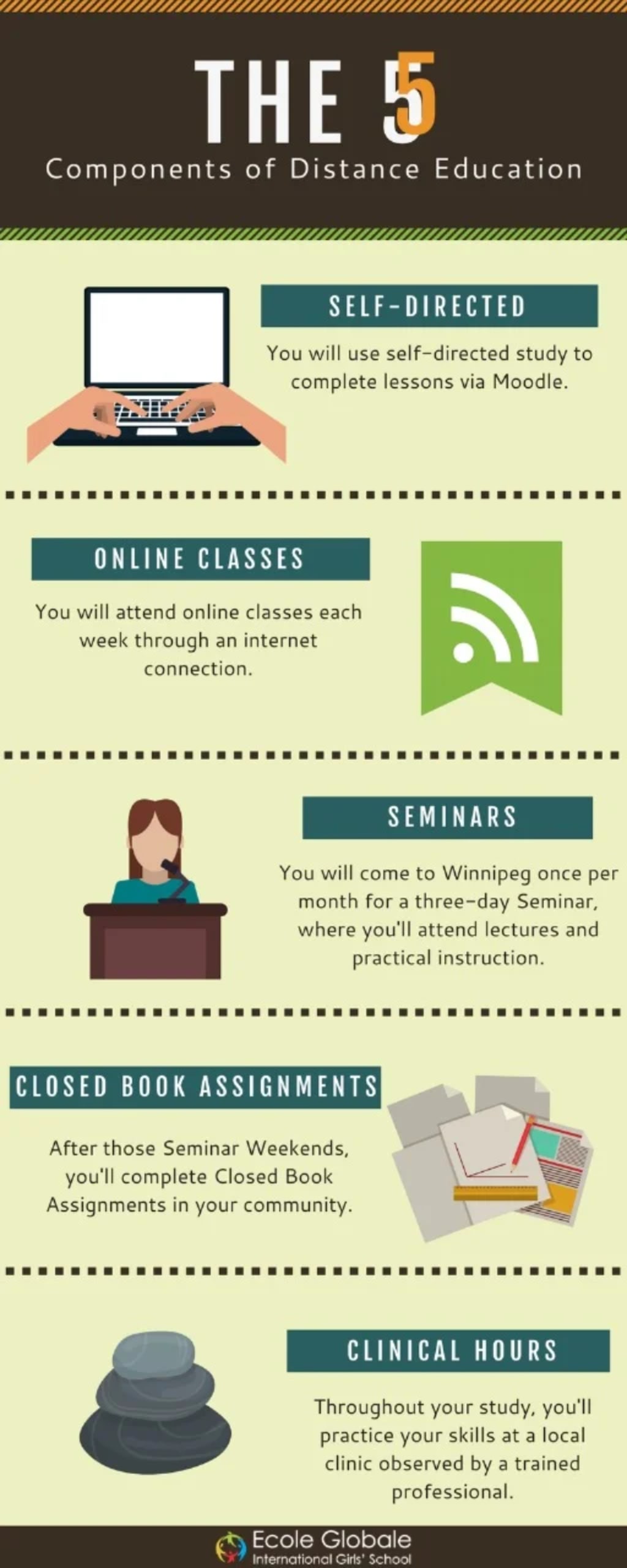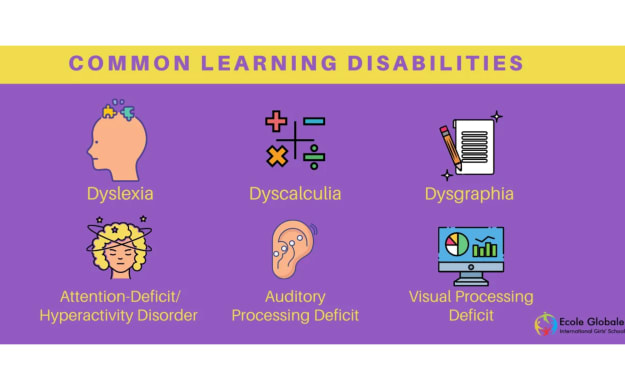
Distance education, also known as distance learning, is a method of delivering education to students who are not physically present in a traditional classroom setting. With the advent of technology and the internet, distance education has evolved significantly, providing flexibility and accessibility to learners worldwide. This article delves into the essential components of distance education, focusing on how it benefits students, especially during unprecedented times like the COVID-19 pandemic.
The Importance of Distance Education
Distance education has become increasingly vital due to the COVID-19 pandemic, which forced educational institutions to adopt online learning methods to ensure the continuity of education. The ability to learn remotely has provided students with the flexibility to continue their studies from the safety of their homes. This shift has highlighted the importance of distance education in maintaining academic progress and providing an alternative to traditional classroom settings during emergencies.
Key Components of Distance Education
Self-Directed Learning
Distance education offers a high degree of flexibility, allowing students to learn at their own pace and according to their schedules. This self-directed mode of learning enables students to:
Choose study times that fit their personal and professional commitments.
Take control of their learning process, enhancing motivation and self-discipline.
Revisit course materials as needed to reinforce understanding.
Online Classes
Online classes are a core component of distance education. These classes are conducted via various platforms, requiring a stable internet connection. Key aspects include:
Live sessions: Real-time interaction with instructors and peers through video conferencing tools like Zoom or Microsoft Teams.
Recorded lectures: Access to lecture recordings, allowing students to review the material at their convenience.
Interactive tools: Use of discussion forums, chat rooms, and collaborative projects to enhance engagement.
Seminars and Workshops
Seminars and workshops are integral to distance education, providing practical learning experiences. These sessions often include:
Guest lectures: Insights from industry experts and professionals.
Interactive workshops: Hands-on activities and real-world problem-solving scenarios.
Q&A sessions: Opportunities for students to ask questions and clarify doubts.
Assignments and Assessments
Distance education programs include regular assignments and assessments to monitor student progress. These can be:
Closed-book assignments: Tasks that require independent thinking and application of knowledge.
Online quizzes and exams: Timed assessments to evaluate understanding and retention.
Peer reviews: Collaborative evaluation to provide constructive feedback.
Clinical Hours and Practical Sessions
For courses requiring hands-on experience, distance education includes clinical hours or practical sessions under the supervision of trained professionals. This ensures that students gain:
Practical skills: Application of theoretical knowledge in real-world settings.
Professional feedback: Guidance and assessment by experienced practitioners.
Competency development: Building proficiency in specific skills required for their field of study.
Technological Support and Accessibility
Utilization of Technology
Technology plays a crucial role in distance education, facilitating learning through various tools and platforms. Essential technological components include:
Learning Management Systems (LMS): Platforms like Moodle, Canvas, and Blackboard that organize course materials, assignments, and communications.
Educational software: Programs that support interactive learning, such as simulation software and virtual labs.
Assistive technologies: Tools like screen readers and speech-to-text software to support students with disabilities.
Technical Skills and Support
Students need basic technical skills to navigate online learning platforms effectively. Institutions provide:
Training sessions: Tutorials and workshops to familiarize students with the technology.
Technical support: Assistance with technical issues through help desks and online resources.
User-friendly interfaces: Intuitive design of online platforms to enhance accessibility.
Benefits of Distance Education
Flexibility and Convenience
Distance education offers unparalleled flexibility, allowing students to balance their studies with other responsibilities. Benefits include:
Customizable schedules: Study at times that suit individual preferences and lifestyles.
Location independence: Access courses from anywhere with an internet connection.
Paced learning: Progress through the course at a comfortable pace.
Cost-Effectiveness
Distance education can be more cost-effective than traditional education, as it eliminates the need for:
Transportation costs: Savings on commuting and accommodation.
Physical resources: Reduced need for printed materials and on-campus facilities.
Tuition fees: Some programs offer lower tuition rates compared to on-campus equivalents.
Diverse Learning Opportunities
Distance education provides access to a wide range of courses and programs that might not be available locally. This includes:
Global institutions: Enrollment in programs offered by universities worldwide.
Specialized courses: Availability of niche subjects and advanced degrees.
Collaborative learning: Interaction with a diverse student body, fostering a global perspective.
Conclusion
Distance education has revolutionized the way we learn, providing flexibility, accessibility, and a wealth of opportunities to students worldwide. By leveraging technology and innovative teaching methods, distance education ensures that learning continues uninterrupted, even during challenging times. Whether you're a parent looking for educational alternatives for your child, a college student seeking flexible study options, or a teenager exploring new learning avenues, distance education offers a viable and effective solution.
About the Creator
Enjoyed the story? Support the Creator.
Subscribe for free to receive all their stories in your feed. You could also pledge your support or give them a one-off tip, letting them know you appreciate their work.





Comments
There are no comments for this story
Be the first to respond and start the conversation.